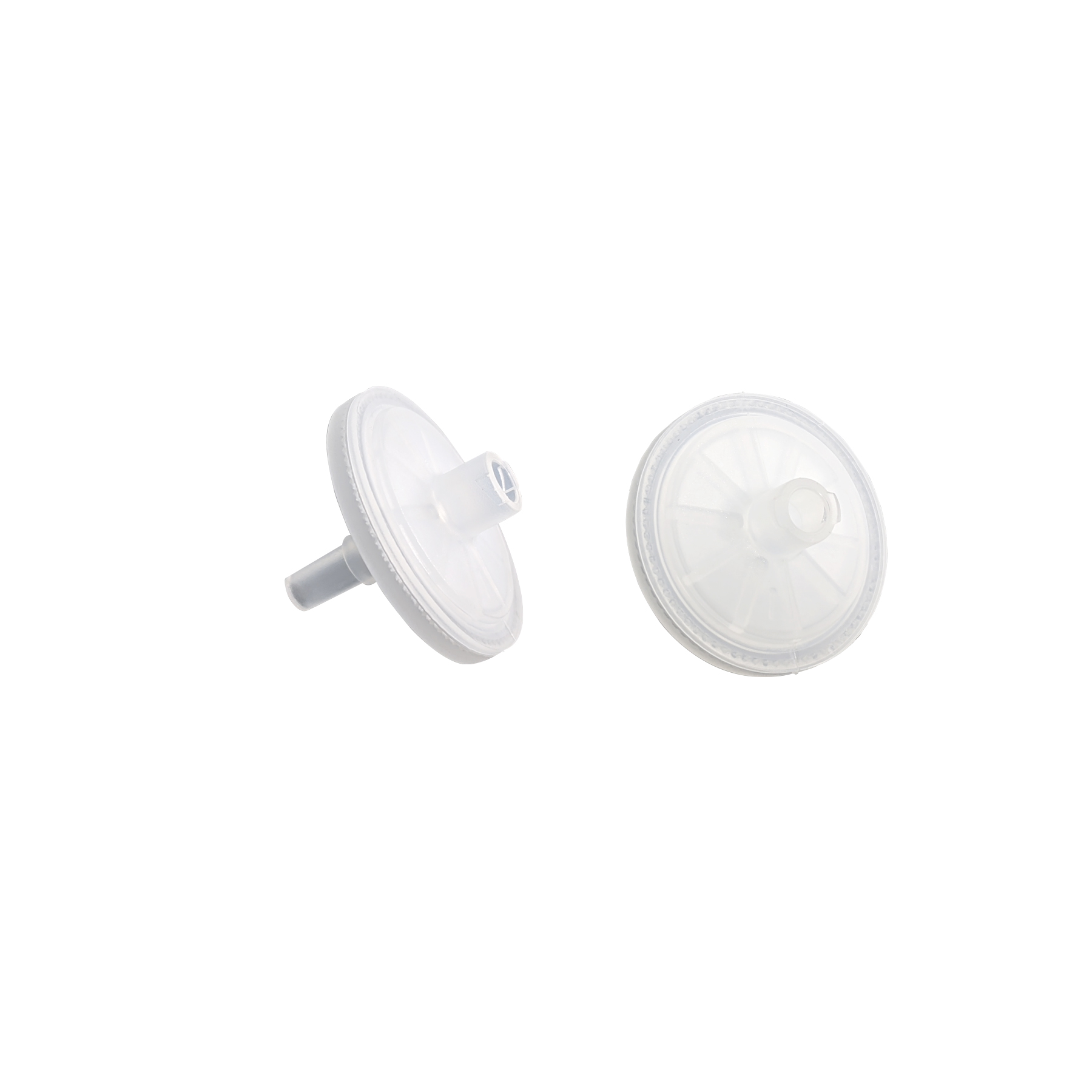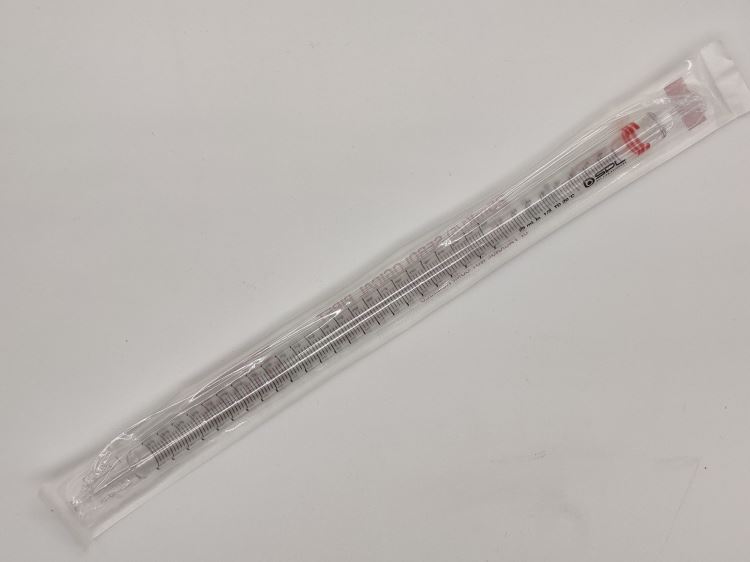While the first ten months of the pandemic brought the supply of micro pipettes to a screeching halt, among today’s greatest shortages are serological pipettes.
And nobody seems to know why, when exactly or how this happened.
Filter tip micro pipette tips are required for the qPCR assays that are the gold standard for COVID testing.
As more testing centers opened, the demand for filter tip pipette tips spiked and caused the supply chain to collapse.
Serological pipettes are designed for moving larger volumes of media, reagents and solutions which makes them ideal for research based and not clinical applications.
Perhaps the culprit is increased research into vaccine development and other therapies by large pharmaceutical companies?
Perhaps the shortage is due to kit manufacturers who are manually filling transport tubes and vials with saline or VTM?
Or perhaps a few large distributors bought up several months supply to corner the market, or maybe there is panic driven hoarding going on?
Whatever the reason, this shortage is hurting the scientific community by slowing down the pace of research or halting some projects entirely.
Why do we need serological pipettes? Can't we just use micro pipette tips?
While micropipettes cover a volume range from a single microliter up to a milliliter, serological pipettes start at one milliliter and top out at one hundred milliliters (about 3.3 oz, a little less than a Dixie cup).
Serological pipettes are thin tubes made from smooth, glasslike polystyrene that feature a tapered tip and accurate graduation lines for delivering a precise volume of liquid.
Because serological pipettes are commonly used for transporting serum and cell culture media, they must be exceptionally free of contamination risks.
Serological pipettes are sterilized and contain a semi-porous plug, or filter, to block aerosols from infiltrating the aspirating device used to transfer liquids.
As an additional protective layer, pipette controllers or pipette aids contain a .2-micron filter inside the nosecone to block whatever aerosols manage to slip by the serological pipette filter.

Serological pipettes are most commonly available in cases of individually wrapped pieces to further protect their sterility.

The actual packaging may be a combination of a paper backing with a plastic seal over the top, or the entire sleeve may be made of plastic.
Laboratories that follow GMP standards typically favor the plastic/plastic packaging which eliminates soggy paper waste since each pipette must be sprayed first with ETOH as an additional protective measure.
How is Stellar Scientific addressing the serological pipette shortage?
Stellar Scientific has excellent relationships with several key importers of serological pipettes.
In addition to distributing serological pipettes for Globe Scientific, CellTreat and VistaLab, Stellar Scientific has launched a private line of serological pipettes which are due to arrive in Baltimore before the end of August.
Our CellAh brand of serological pipettes are available for pre-order now.
Stock up now on 1mL serological pipettes; 2mL serological pipettes, 5mL serological pipettes; 10mL serological pipettes; 25mL serological pipettes or 50mL serological pipettes.
Stellar Scientific is receiving regular shipments of CellAh serological pipettes and other cell culture labware items to keep our laboratory partners moving forward.


